Songwriting Tutorial: Part Six – Harmony and Chords
To get the best out of your compositions, it’s essential to get your head around harmonies. Andy Price delves into chords, keys and structure, and explains the bedrock of songwriting… Harmony is something we all subconsciously are receptive to every single time we listen to a piece of popular music. In simple English, it refers […]
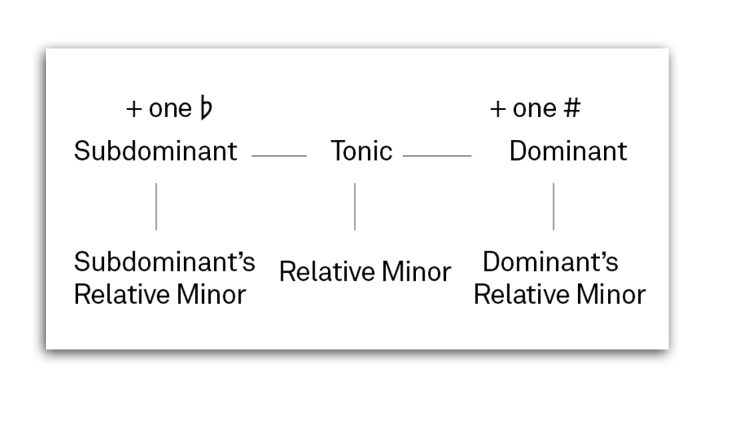
To get the best out of your compositions, it’s essential to get your head around harmonies. Andy Price delves into chords, keys and structure, and explains the bedrock of songwriting…

Harmony is something we all subconsciously are receptive to every single time we listen to a piece of popular music. In simple English, it refers to the basic relationships between the notes that make up chords. As discussed in Part 2 of this series, understanding our keys is a hugely important area to grasp. This time however we’re going to explore harmony in sharper-focused songwriting terms and look deeper than the surface-level relationships.
Firstly, let’s talk about what we mean when we say the word ‘harmony’. It’s not exactly as essential as the fundamentals of music such as rhythm and melody – in fact a great proportion of music from around the world is technically un-harmonic. Indian music for example consists of a majority of melodies which have very little to do with each other, moving around the framework of a basic rhythm with little recourse to basic harmonic structure, as a western ear considers it. Chords and their arrangement are a particularly western concern.

The bulk of western music uses the seven-note major scale and every songwriter uses this as a harmonic bible with which to build their compositions. It’s something that we take for granted as something that��’s inherently ‘known’ – indeed, songwriters who are particularly skilled will have a knack for hearing the correct harmonic combinations by ear, but how do they know how to do this? Well, a simple perusal of the basic theory might be of help here…
Harmony Central
Chords are made up of three (or more) notes ringing at the same time. This simultaneous ringing is what’s technically known as the harmony between the resultant sound frequencies generated. The harmony of the composition as a whole requires a more technical understanding of the relationship between chords and why certain chords work well together.
A chord in the context of a song serves a purpose musically that’s all down to the what notes are contained within it – making it either a major, minor or diminished, and ultimately your choice of root chord is purely down to the mood you intend to evoke with your song.
So let’s take a top-down view of this in standard keyboard terms. If we’re to begin writing a song in a major key, then the best example to use is the C major scale. Every successive key after the note of C serves as the successive notes in the scale, and our major chords are made up of the first ‘root’ note, the third note (skipping the D) and then the fifth note (skipping the F). We now have a major chord.
If we start with D as the tonic, then adjust our fingering accordingly we have another major chord. In fact we can keep moving our triad shape all the way through our successive tonic notes seven times. Of all the scales, C Major is perhaps the most straightforward to grasp – and serves as a simple illustration of how chord sequences work.
The seven triads you have now in the C Major scale each have a definition: either major, minor or diminished, aside from the auditory differences. In the next section I’ll explain why these chords have their respective allocation.
The Science of Semitones
Let’s take things very simply. A semitone is the smallest interval possible in the western scale of music. It covers the distance between two notes which are equal to one hundred cents (a 12th of an octave), So basically, each key (white and black) on a keyboard is equal to one semitone of difference between its prior and successor.
In the context of a major chord then the audible gap between the first note and the second note in the triad is four semitones, and the distance between the second and third is three semitones. However with a minor chord you’ll find that the distances are a little different: between the first and second note of the triad there’s a three semitone gap, and between the second and third note there’s a gulf of four semitones.
But we’re not finished there – diminished chords are also important aspects of a major scale. Between the three note triad of a diminished chord we have an equal distance of three semitones dividing each note. These varying semitonal gaps are the reason why chords sound distinct from each other, and why the human brain automatically registers certain chords as minor or major (or diminished if you’re adept enough!).
The next step in understanding all this is by incorporating sevenths. All a seventh chord is in actuality is a basic triad (either a major, minor or diminished) with one note in the triad replaced by another note one semitone above it, altering its sound in subtler ways.
Tweaker
Okay, so these fundamentals of structure are straightforward, but when we look at this pattern applied to different keys other than C we hit a snag…
A major scale’s interval pattern is crucial to comprehend. However in other keys the semitone difference would be off if we apply exactly the same framework, so we have to adjust to make sure that each major scale has an interval pattern beginning with two tones, one semitone, and then three tones. We may have to sharpen or flatten our notes as we go just so everything fits.
If tweaked correctly then you should never find yourself with a key consisting of both flats and sharps. Once you’ve tweaked accordingly it shouldn’t be hard at all to work out all the chords in any scale, so long as you adhere to the above pattern.
What I’ve just described is the technical aspects of the chords in each key. Obviously, using them is a different matter: saying that there are ‘correct’ combinations of chords in this scale isn’t really an appropriate term in the vastly expansive and diverse world of songwriting. However there are combinations that seem to work extremely well, and they’re frequently used in a great deal of popular music.
The first, fourth and fifth chords are important, as they consist of the only other majors available. Indeed, probably the vast majority of music in the western world has been built using these simple, obvious harmonic progressions, but using all the chords in the scale in a variety of combinations, speeds, patterns – well that’s the art of songwriting and something that only practice, time and dedication to your craft will enable you to naturally develop!
Major Correction
There aren’t a limitless number of harmonically pleasing chord sequences available, so don’t hesitate to use chord sequences you like that have been written for other people’s songs, as long as the rest of the musical information making up the song is sufficiently different (in particular the top-line melody). This can be a very useful strategy for those unsure about creating or combining their own chord sequences from scratch.
Listen out for the chord sequences in some of your favourite songs. Do they conform to a standard key’s scale, or do they incorporate chords from other key structures? Mastering chords to this degree is a fine art, and you’re bound to have more misses than successes when going out of your chosen key. But bearing this in mind when songwriting gives you some expansive room for experimentation regardless of the genre of music you’re composing.
Focus On Modulation

Although keeping your harmonic progressions within one key is pretty much de rigueur for most ‘standard’ songwriting, it’s often interesting and potentially beneficial to add chords from different keys into your mix. Key modulation can be utilised at any point in a song, for as long as you feel is necessary. It makes harmonic sense to modulate to a key that already has a close relationship to the one you’re in.
Use a ‘pivot’ chord to reach the new key naturally – rather than making an abrupt change – although modulating to completely unexpected chords has its advocates and certainly can be a whole lot more fun! Use the relationship diagram here to assist you with this concept, as well as the terminology.
Where to Start?

1: Harmony is always important to bear in mind from the very start, and not just in reference to your chords but the whole relationships between your instruments. In this song, I started with a simple four chord loop in G, which I wrote a very simple vocal melody around. Although initially I begun in quite a straightforward manner, my intent was to add additional melodies which intersected and harmonised with the main melody at various sections.

2: The chords themselves used obviously have a very specific harmonic relationship, as previously covered in our look at the circle of fifths, the harmonic intervals between the chords operate using a standard structure of one/fifth and fourth. You can see the relationships above
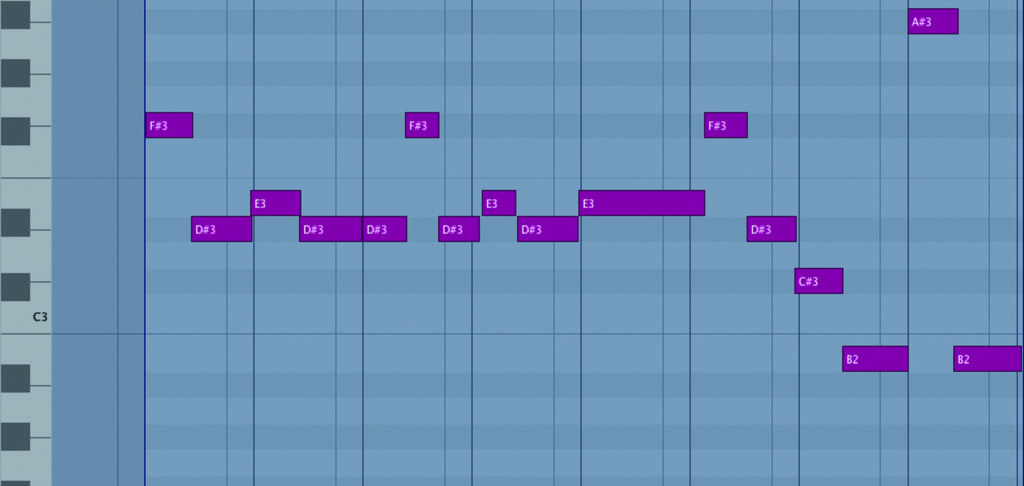
3: To bolster this song harmonically, we need to look at this initial melody in detail, and how we can make it more aurally interesting by adding additional, complimentary melodies. This melody (although written in G) is moved up a few keys to start with with the root note of F#, the melodic movement is visible above.
Harmonising Musical Elements
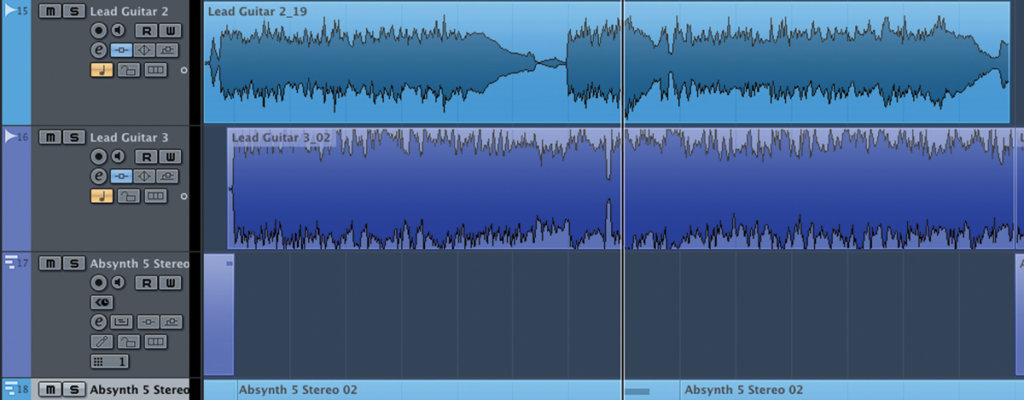
1: Firstly, make sure you’re aware of the root note of the central melody or hook, in this song, there is a lead guitar part playing a solo, quite high up the guitar fretboard, and another track recorded later of the same part played several octaves lower, we haven’t recorded any backing rhythm guitar or piano however
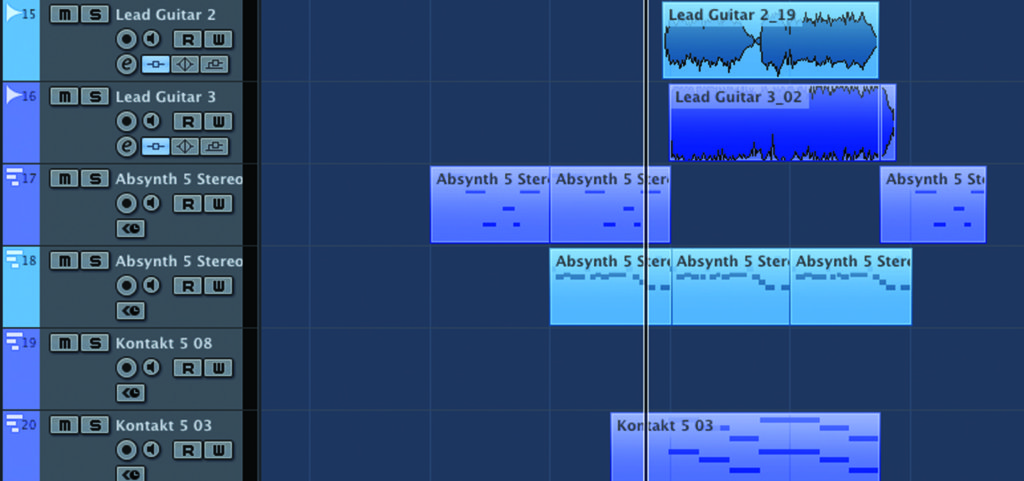
2: So I’ve added some additional elements using the Absynth plugin, this synth pad underbed gives the otherwise quite dry (double tracked) solo a nice comfortable musical bedrock with all the chords the solo moves through, (in this case the key is F#) being played as the solo progresses.
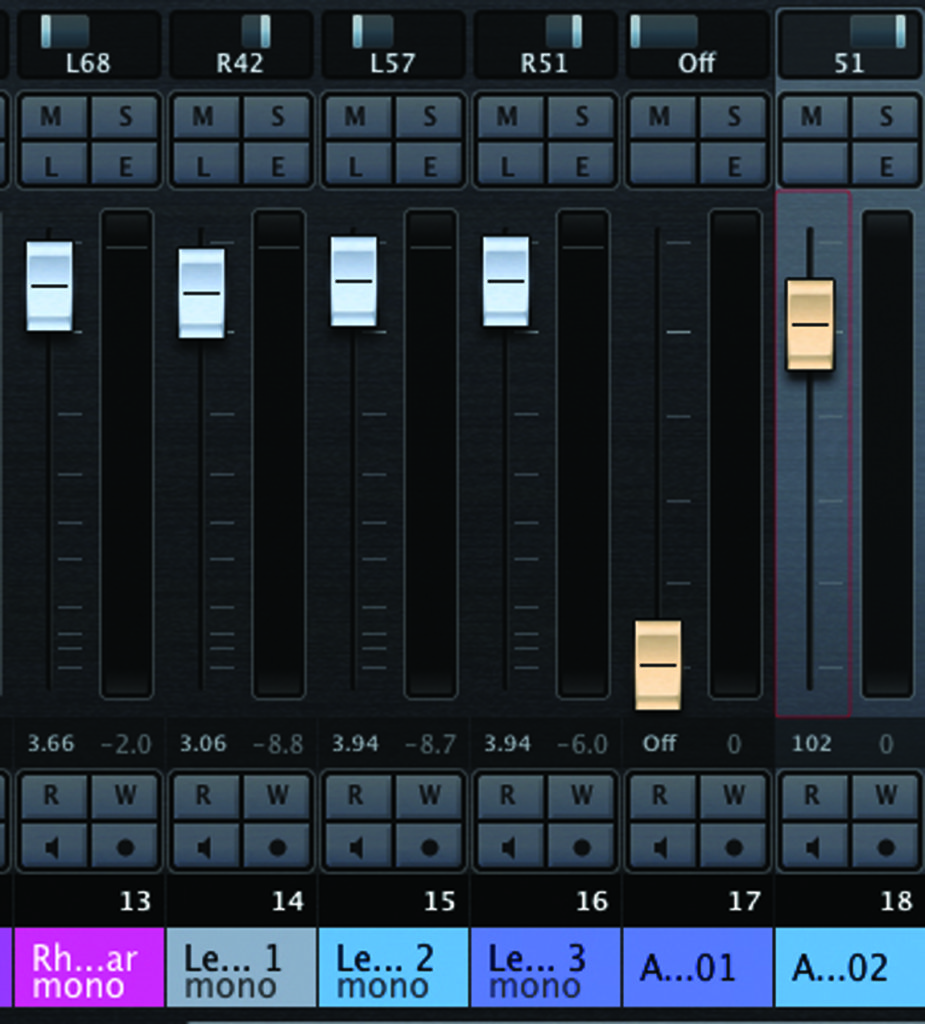
3: In the mix we can merge these elements better by panning and, in this case, fusing the harmonic, ethereal sounding synth underbed with the deeper guitar track. This is all down to personal preference, however in this case the harmonic quality of the juxtaposition of ethereal chord backing and fuzzy guitar soloing lifts an otherwise humdrum composition to something that sounds more interesting to the ear.

